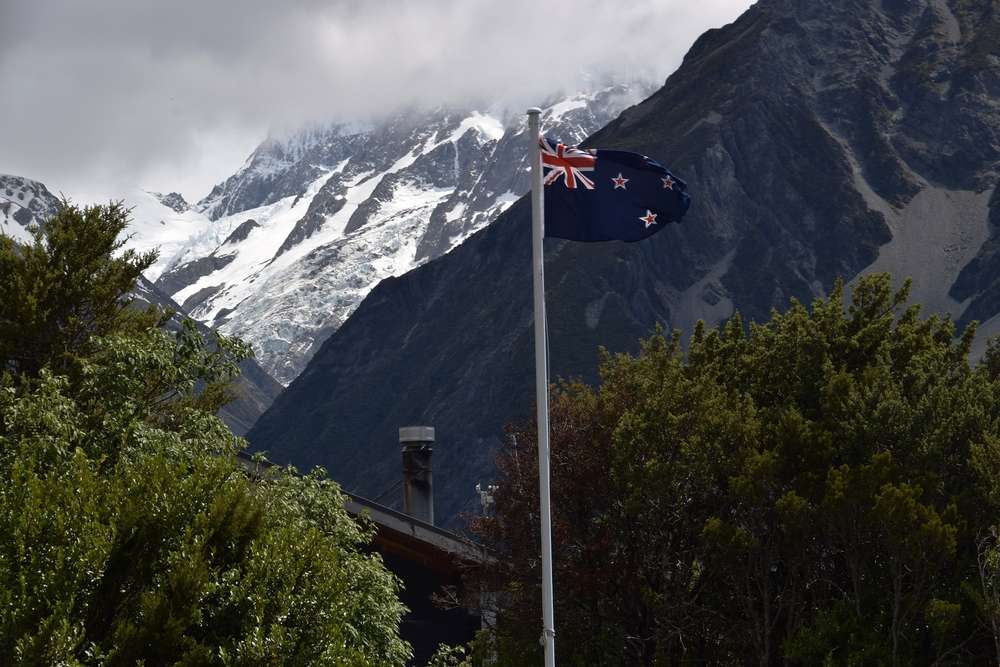
New Zealand is a haven for those who enjoy marine life; it has unique chances to see whales and dolphins in their natural surroundings. Rich in nutrients, the nation’s deep coastal seas draw a great range of marine life all year long. Every area offers an amazing experience, whether you want to see the magnificent sperm whales near Kaikōura or the playful pods of dolphins in the Bay of Islands.
Kaikōura: The Whale-Watching Capital
Arguably the most well-known venue for whale viewing in New Zealand is Kaikōura, on the South Island’s east coast. The area is a year-round hotspot for sightings since it boasts a deep underwater canyon that offers plenty of food for aquatic life. Though lucky guests may also view orcas, humpback whales, and even blue whales during their migration, sperm whales are the main draw here. The town provides a range of boat trips and the chance to see these amazing animals from above for an even more remarkable viewpoint.
NEW ZEALAND VISA FOR BRITISH CITIZENS
Bay of Islands: A Dolphin Lover’s Dream
One of the best sites in the nation to see dolphins is the North Island Bay of Islands. Common and bottlenose dolphins call this warm, sheltered bay home; they can frequently be seen running in the waves behind boats. Many tour companies offer swimming opportunities with dolphins in their natural habitat, providing an amazing, immersive experience. Dolphins especially appreciate the Bay of Islands because of its breathtaking coastline, glistening clean waves, and varied aquatic life.
Marlborough Sounds: A Hidden Gem for Marine Encounters
Several dolphin species, among other amazing aquatic life, call the calm waves of the Marlborough Sounds home. The area’s quiet inlets and bays make it possible to observe dusky dolphins, common dolphins, and the rare Hector’s dolphin—one of the world’s smallest and most threatened species—in peace. A hidden treasure for those who enjoy marine life, visitors exploring the Sounds by boat or kayak are frequently treated to amazing interactions with these active animals.
Hauraki Gulf: A Marine Wildlife Haven
A short trip from Auckland, the Hauraki Gulf is a vibrant marine habitat where guests may see an amazing range of whales and dolphins. While groups of bottlenose and common dolphins usually accompany boats as they glide across the sea, Bryde’s whales—an elusive species—are regularly found in the nutrient-rich waters of the gulf. The region’s many marine reserves and conservation initiatives have helped preserve its abundance of species, ensuring that future generations may still wonder at these amazing animals.
Fiordland: A Majestic Backdrop for Marine Life
Whale and dolphin viewing is an amazing setting in Fiordland, southwest of South Island. Deep fiords and high cliffs define this spectacular scene. It is home to a pod of bottlenose dolphins flourishing in its pure waters. Visitors occasionally may also see migrating humpback whales or even the uncommon southern right whale. Fiordland is quite a special location for an amazing wildlife encounter because of its peace and unspoiled beauty.
Stewart Island: A Remote and Untouched Sanctuary
Stewart Island offers an amazing chance to witness whales and dolphins in a secluded and unspoiled environment for anyone ready to stray from the road-travel path. While bigger animals like orcas and minke whales occasionally travel through the seas surrounding the island, dusky dolphins and the threatened Hector’s dolphin call their home. For those who enjoy wildlife, Stewart Island provides a personal and fulfilling experience with fewer people and a close relationship with nature.
Whale and dolphin viewing finds New Zealand among the top locations in the world because of its varied marine settings. Every interaction with these amazing species reminds us of the beauty and magic of the sea, whether we are visiting the well-known Kaikōura seas or the secret sanctuaries of Stewart Island. These amazing encounters will inspire and educate the next generations of people, even if conservation projects are in place to safeguard marine life.
Also Read: Discovering the UK’s Roman Past: Must-See Sites and Ruins






